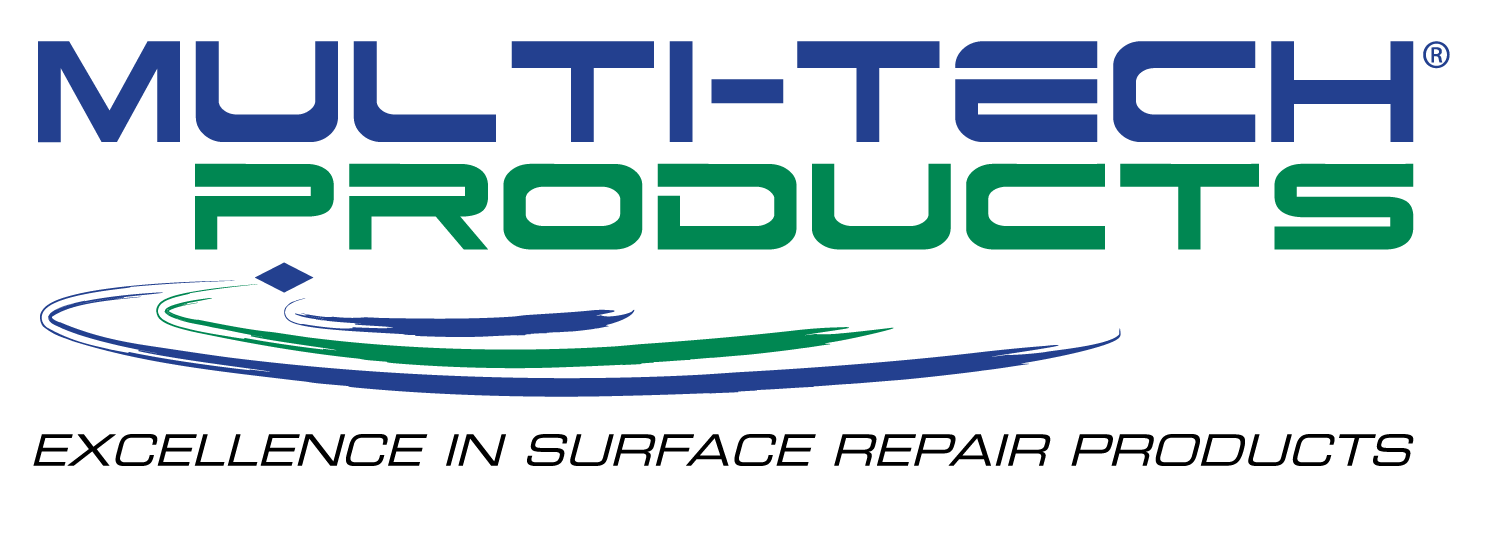|
Bathtubs produced from metal have a base of either cast iron or steel. The base metal is then coated with a vitreous enamel. Vitreous enamel, or just enamel (or porcelain enamel in U.S. English), is a material made by fusing powdered glass to a substrate by firing, usually between 750 and 850 degrees Celsius (1380 and 1560 degrees Fahrenheit). The powder melts, flows, and then hardens to a smooth, durable vitreous coating on metal, glass or ceramic. The fired enameled ware is a fully laminated composite of glass and metal. The word enamel comes from the High German word smelzan (to smelt) via the Old French esmail.[1] Used as a noun, "an enamel" is a usually small decorative object, coated with enamel coating. Enameling is an old and widely-adopted technology, for most of its history mainly used in jewellery and decorative art, but since the 19th century applied to many industrial uses and in everyday day consumer objects. Enamel may be transparent or opaque when fired; vitreous enamel can be applied to most metals. The great majority of vitreous enamel is applied to steel in which the carbon is controlled to prevent reactions at the firing temperatures. Enamel can also be applied to copper, aluminum, stainless steel, cast iron or hot rolled steel. Vitreous enamel has many excellent properties: it is smooth, hard, chemically resistant, durable, scratch resistant (5-6 on the Mohs scale), long-lasting color fastness, easy-to-clean, and cannot burn. Enamel is glass, not paint, so it does not fade with UV light. Its disadvantages are its tendency to crack or shatter when the substrate is stressed or bent, but modern enamels are chip and impact resistance because of good thickness control and thermal expansions well-match to the metal. Its durability has found it many functional applications: early 20th century and some modern advertising signs, interior oven walls, cooking pots, exterior walls of kitchen appliances, cast iron and steel bathtubs, farm storage silos, and processing equipment such as chemical reactors and pharmaceutical chemical process tanks. Commercial structures such as filling stations and bus stations had walls, ceilings and structural elements made of enameled steel. Some new developments in the last ten years include enamel/non-stick hybrid coatings, sol-gel functional top-coats for enamels, enamels with a metallic appearance, and new easy-to-clean technologies. The key ingredient of vitreous enamel is a highly friable form of glass called frit. Frit is typically an alkali borosilicate chemistry with a thermal expansion and glass temperature suitable for coating steel. Raw materials are smelted together between 2100 and 2650 °F (1150 and 1450 °C) into a liquid glass that is directed out of the furnace and thermal shocked with either water or steel rollers into frit. Color in enamel is obtained by the addition of various minerals, often metal oxides cobalt, praseodymium, iron, or neodymium. The last creates delicate shades ranging from pure violet through wine-red and warm gray. Enamel can be either transparent, opaque or opalescent (translucent), which is a variety that gains a milky opacity the longer it is fired. Different enamel colors cannot be mixed to make a new color, in the manner of paint. This produces tiny specks of both colors; although the eye can be tricked by grinding colors together to an extremely fine, flour-like, powder.
|
%%Panel.SideSubPageList%%
|
Categories
- Bath & Shower
- Spa and Hot Tub
- Quick Glaze System
- MMA System
- Repair Filler Putty
- Surface Prep
- Texturing & Safety Additive
- Acrylic & Plastics Adhesives
- K2000 Products
- Acrylic & Gelcoat DIY Pastes
- Gelcoat Products
- Resins & Pastes
- Resin Additives
- Resin Thickeners
- Fiberglass
- Foam Support
- FRL Refinishing System
- Solvents & Strippers
- Laminating Tools & Supplies
- Plastic Jars & Bottles
- Glass Jars & Bottles
- Mixing Cups & Buckets
- Metal Cans
- Airbrushes & Touch-up
- Spraying Accessories
- Safety & Personal Protection
- Buffing & Polishing
- Sandpaper & Abrasives
- Repair Accessories & Tools
- Electric Tools
- DIY Products
- Instructional Videos
Quick Links
- Technical Info
- Applications
- About Us
